Snoring – an issue that affects millions. And as the demand for solution increases, so does the range of snoring mouth guards, especially from China. But do these cheap alternatives really work? We’ve looked at a few snoring mouth guard models from China and put them to the test for you.
Anyone who finds themselves scrolling on platforms such as AliExpress will find a wide range of no-name snoring mouth guards. There’s no manufacturer information on the packaging, and the usage instructions are rudimentary, which is legally questionable due to product labelling obligations. But let’s look at the individual mouth guard types in a bit more detail:
Type 1: The classic single-component device
This mouth guard is a very old model on the market, and is individually adapted by being heated up in water. But it was precisely in this area where we found the problem: In our test, the material was barely malleable – despite the correct temperature and soaking time. The result: A mouth guard that barely adapts to the teeth, so offers barely any hold. How it feels? Rubbery and unpleasant, which is generally a major problem with Chinese snoring mouth guards.
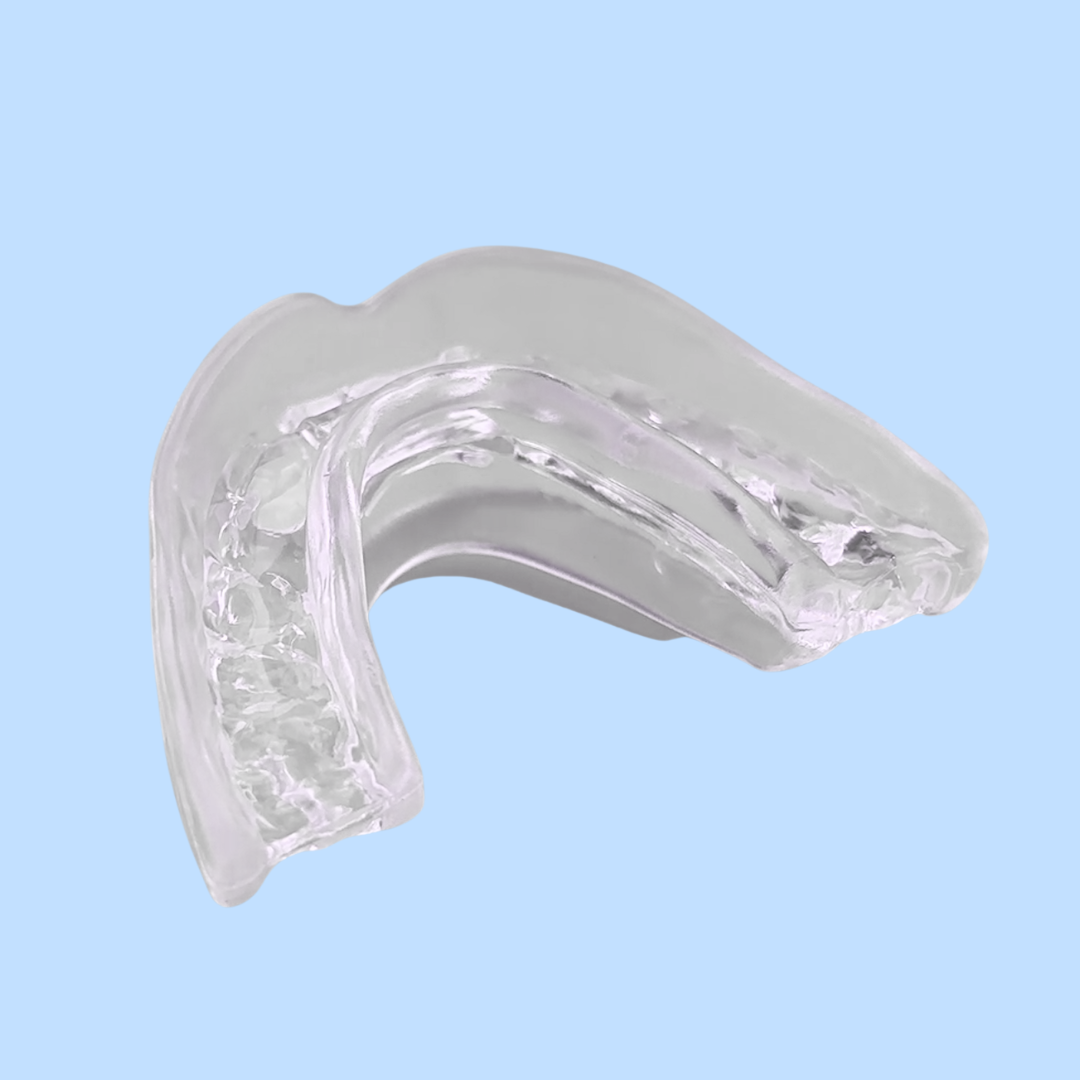
Type 2: The “small U”
The second mouth guard type looks better, with a plug-in system to adjust the protrusion, but the reality is disappointing: This mouth guard barely moulded to the teeth either, even in very hot water. The adjustment almost completely failed. The plug-in system for adjusting the protrusion is unstable and could potentially fail as a result of movement of the teeth at night. And there’s another problem: The U-shape doesn’t fit the anatomy of a natural dental arch – pressure points and a poor hold are basically pre-programmed.
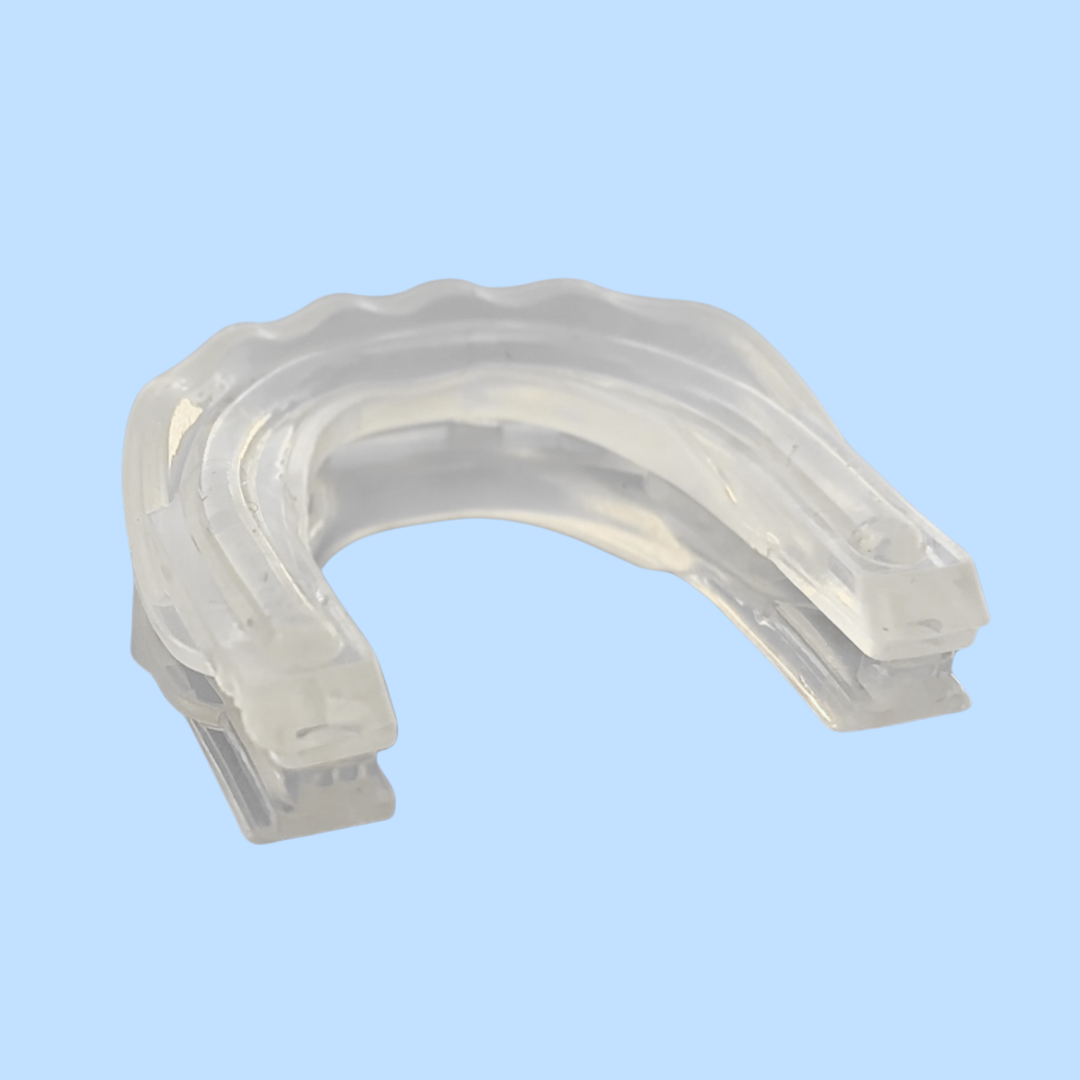
Type 3: Click-closure mouth guard
This mouth guard did at least have two material components – hard and soft. The adjustment was more successful and the device felt a lot more pleasant to use. But there are concerns here too: The soft components could potentially come off over time. The mouth guard is also rather large, and restricts the mobility of the jaw.

Type 4: The “blue tanker”
The fourth mouth guard type is visually striking thanks to its blue colour. The colour might look modern, but it harbours a risk that should not be underestimated: Dyes can cause allergic reactions – particularly in products of unknown origin. The set does contain a screwdriver to adjust the protrusion, but the adjustment screw is extremely stiff. By way of comparison, the SomnoGuard AP 2 also features a protrusion screw, but this is very smooth. As with type 1 and 2, the adjustment of the rubbery material failed. This mouth guard is also very large: it dominates the oral cavity and is very unpleasant to wear.

Summary
All of the tested no-name mouth guards had weaknesses, particularly in relation to fit, material quality and comfort. However, the price benefit for sellers is clear (purchase prices start at around 1-4 US Dollars), but what use is this if the customer is ultimately unsatisfied?
We intentionally do not sell these products. Why? Because quality, safety and long-term satisfaction are the top priority both for us and for our customers. These Chinese mouth guards would come pre-programmed with returns, complaints and health risks.
Affordable snoring mouth guards for beginners:
We have taken a close look at the three most popular entry-level models up to £65 and tell you which model is best suited for whom.
Mandibular advancement device comparison
All our mandibular advancement devices compared based on comfort, application, cleaning and much more.
Mandibular advancement device guide – answers based on practical experience
Mandibular advancement devices can help with sleep apnoea in a lot of cases. They are now also provided by the NHS. Find out how exactly they can help, and when they are provided by the NHS.

Dr. Daniel Grätz is the Managing Director of health.On Ventures GmbH, one of Germany’s leading online providers of snoring mouth guards, and has been providing customers with advice about these devices for many years.


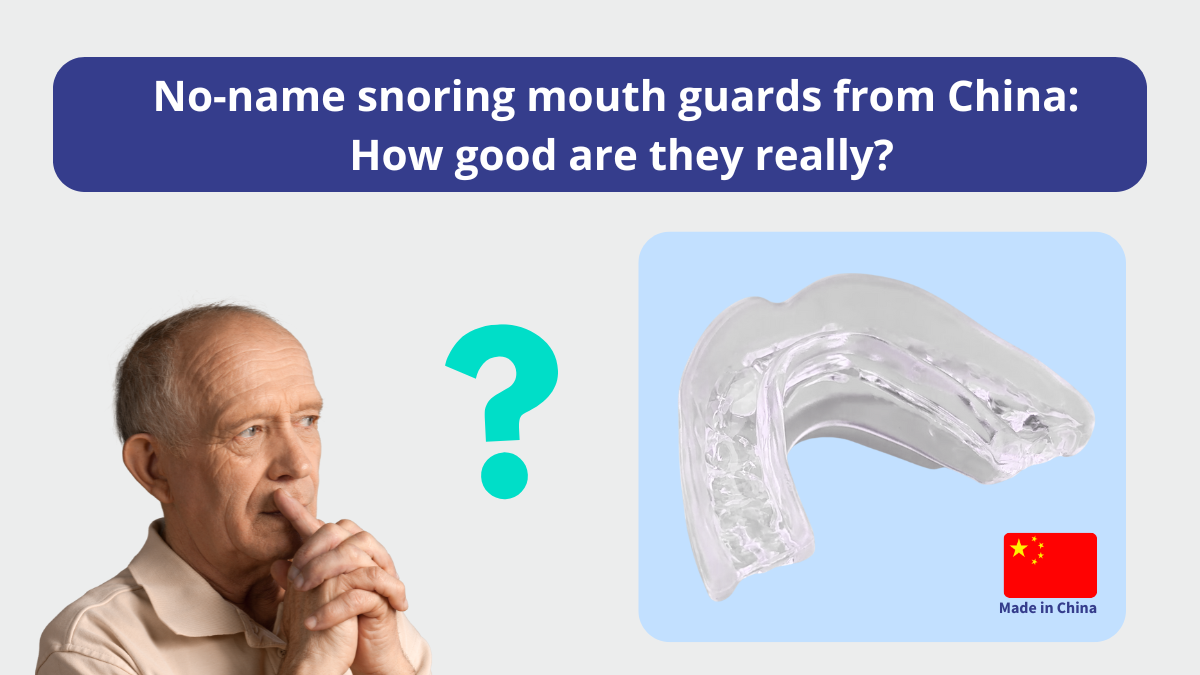
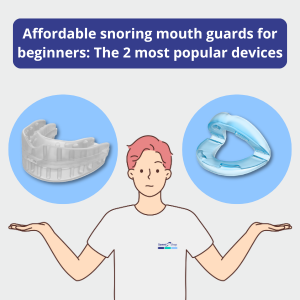
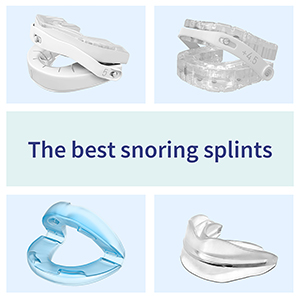
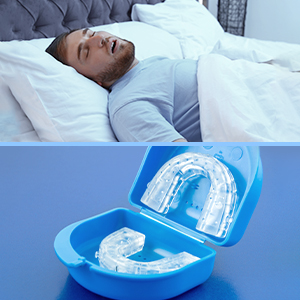
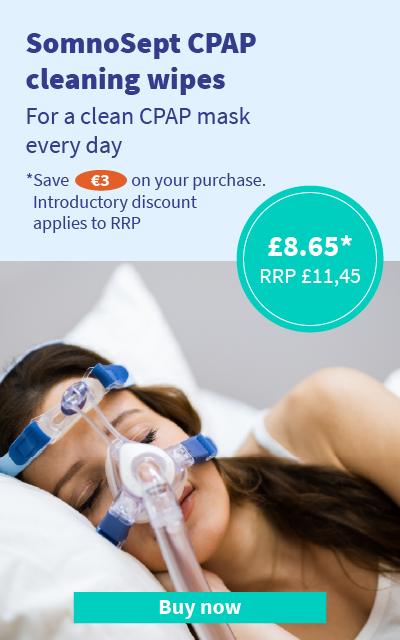
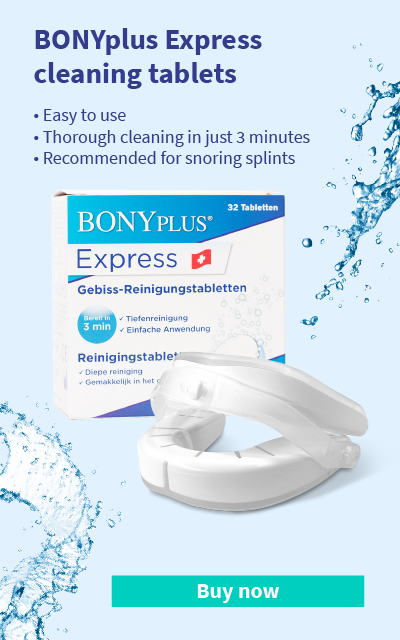
 Welcome to SomniShop
Welcome to SomniShop